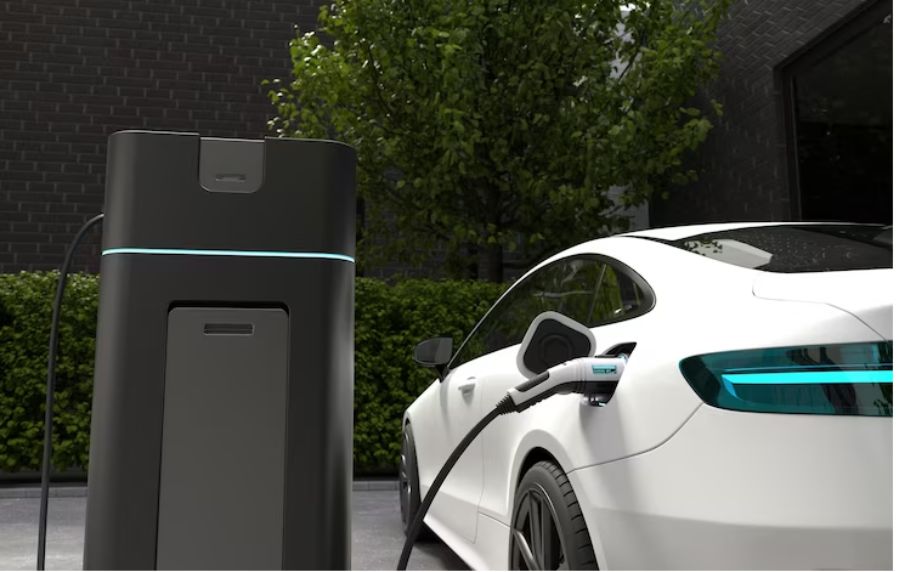The electric vehicle revolution is buzzing with excitement, promising cleaner air, quieter roads, and a reduced dependence on fossil fuels. But for many, the question remains: when will electric cars become affordable for the average person?
The answer, unfortunately, isn’t a simple one. Affordability is a complex equation with several variables, each influencing the timeline. Let’s delve into the factors at play and explore the potential tipping point for electric car accessibility.
The Battery: The Heart and Price Tag of an EV
The biggest hurdle in EV affordability lies in the battery, the most expensive component. Lithium-ion batteries have seen a dramatic cost decline over the past decade – falling nearly 90% since 2010. This trend is expected to continue, with experts like Goldman Sachs predicting a 40% decrease by 2025.
However, recent supply chain disruptions and raw material shortages have caused temporary bumps in battery prices. Additionally, innovation in battery technology is crucial to further reduce costs and improve range. Solid-state batteries, with their higher energy density and faster charging times, hold promise but are still years from widespread adoption.
Manufacturing and Economies of Scale
As production scales up, manufacturing costs naturally decrease. This applies not just to batteries but to the entire EV ecosystem. As more carmakers invest in electric platforms and streamline production lines, economies of scale will kick in, driving down prices.
However, the transition from gas-powered cars to EVs requires significant infrastructure changes and workforce training. This upfront investment adds to the cost, but the long-term benefits are undeniable. Governments and industry partnerships can play a crucial role in accelerating this process.
Government Incentives and Policy Shifts
Government policies can significantly impact EV affordability. Tax credits, rebates, and other financial incentives can make electric cars more attractive to consumers. Additionally, stricter emission regulations and potential bans on gas-powered vehicles in the future could further push the market towards EVs.
However, the availability and effectiveness of these incentives vary greatly across regions. Some countries offer generous subsidies, while others struggle to implement efficient programs. Global collaboration and harmonization of policies could create a more level playing field and accelerate EV adoption.
The Used EV Market: A Gateway to Affordability
As with any new technology, the initial price tag of EVs is often higher than their gasoline counterparts. However, the used car market offers a promising pathway to affordability. As more electric cars reach the end of their leases or are traded in, the used EV market will expand, making these vehicles more accessible to budget-conscious buyers.
Furthermore, the lower maintenance costs and potentially higher resale values of EVs compared to gasoline cars can further improve affordability in the long run. Early adopters who take the plunge today may benefit from strong resale values in the future.
The Tipping Point: A Moving Target
Predicting the exact moment when electric cars will be “affordable” is challenging. It depends on several factors, each evolving at its own pace. However, most experts agree that the tipping point – where EVs reach cost parity with gasoline cars – is likely to occur sometime in the mid-2020s, with some optimistic predictions suggesting 2025.
Beyond Affordability: A Holistic View of Value
While affordability remains a crucial concern, it’s important to consider the broader picture. Electric cars offer benefits beyond sticker price, including:
- Lower operating costs: Charging an EV is often cheaper than filling up a gas tank, especially with rising fuel prices.
- Reduced environmental impact: EVs produce zero tailpipe emissions, contributing to cleaner air and combating climate change.
- Quieter driving experience: EVs offer a more peaceful driving experience, benefiting both drivers and communities.
- Technological advancements: EVs often come equipped with cutting-edge features like autonomous driving technology and advanced connectivity.
These factors, combined with the potential for future cost reductions, paint a compelling picture for the long-term value proposition of electric cars.
The Road Ahead: A Charged Future
The journey towards electric car affordability is well underway. While challenges remain, advancements in battery technology, manufacturing efficiencies, and supportive policies are paving the way for a future where EVs are accessible to all. By embracing this shift, we can unlock a cleaner, quieter, and more sustainable transportation system for generations to come.
This is just the beginning of the conversation. What are your thoughts on electric car affordability? Share your insights in the comments below!

